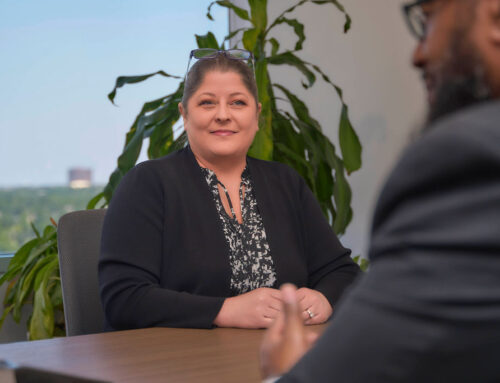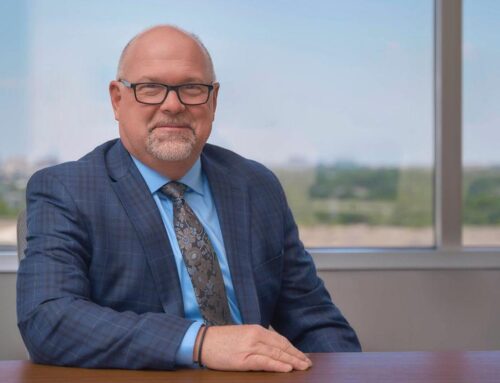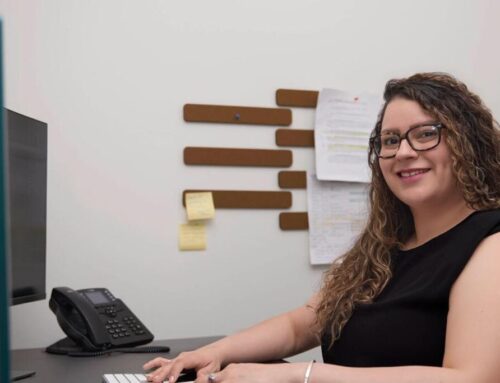If a person has had a medical emergency and a long-term prognosis is poor, there is probably a need for long-term care, either at home or in a facility. Although it might sound desirable for there to be homecare, it is by far the most expensive solution. If there is serious impairment, 24-hour at-home care can cost $20,000 a month or more. That only pays for the caretakers, and all the existing out-of-pocket costs of running the current homestead, including utilities, taxes, food, and maintenance continue unabated. So, for those without substantial resources, a long-term facility may be the best option, but it still requires a significant cash payment per month.
The first thing to note about long-term care, whether we call it a nursing home or an assisted living facility, is that no medical insurance, including Medicare, pays for this care. Use of the patients’ resources will be necessary.
The first step is to find the appropriate facility considering the patient’s budget. There are consultants who can guide the family through this difficult decision making. There are literally hundreds of choices of care at almost every price point, and finding the right type of care at the right cost is an area where a professional consultant can be an incredibly valuable resource. We can make recommendations if you call our office. At one extreme, those as rich as Rockefeller should find the type of care they want and pay for it with their private resources. For most others, we are looking for a care that combines the use of private resources and at least the potential of Medicaid qualification in the future. Medicaid is a program that will pay for long-term care, if there is both a medical need and a financial need. Planning to protect most of the family’s assets is possible, and will be addressed in next week’s post, but in most situations, the best care can be provided with a combination of private resources with a long-term plan of Medicaid qualification.
Accordingly, in picking a facility, you want to understand whether that facility will accept a person as a Medicaid patient when the time is appropriate. Facilities’ policies vary, but some facilities will allow a patient to be admitted on a private pay rate for a fixed period with an agreement to convert them to a Medicaid pay rate in the future. Before making drastic decisions with someone’s assets, especially their homestead, an attorney should be consulted. For example, a home is an excluded asset for Medicaid qualification, but if the home is sold and converted to cash, then it is now a resource that counts against Medicaid qualification. In other words, Medicaid doesn’t require the house to be sold, but if the house is sold, in the wrong way, the proceeds of the sale must be used completely before someone qualifies for Medicaid.
In summary, if a person’s long-term prognosis is poor, and they do not have the current ability to sign any legal documents such as powers of attorney, then guardianship is probably a necessary evil. Further, well before the patient’s resources are being exhausted, and before major decisions concerning transfer or sale of any major asset occurs, it is important to consult an attorney about Medicaid planning which we address more fully next week.
This material has been prepared for informational purposes only, and is not intended to provide, and should not be relied on for, specific tax, legal or accounting advice. We can only give specific advice upon consulting directly with you and reviewing your exact situation.





